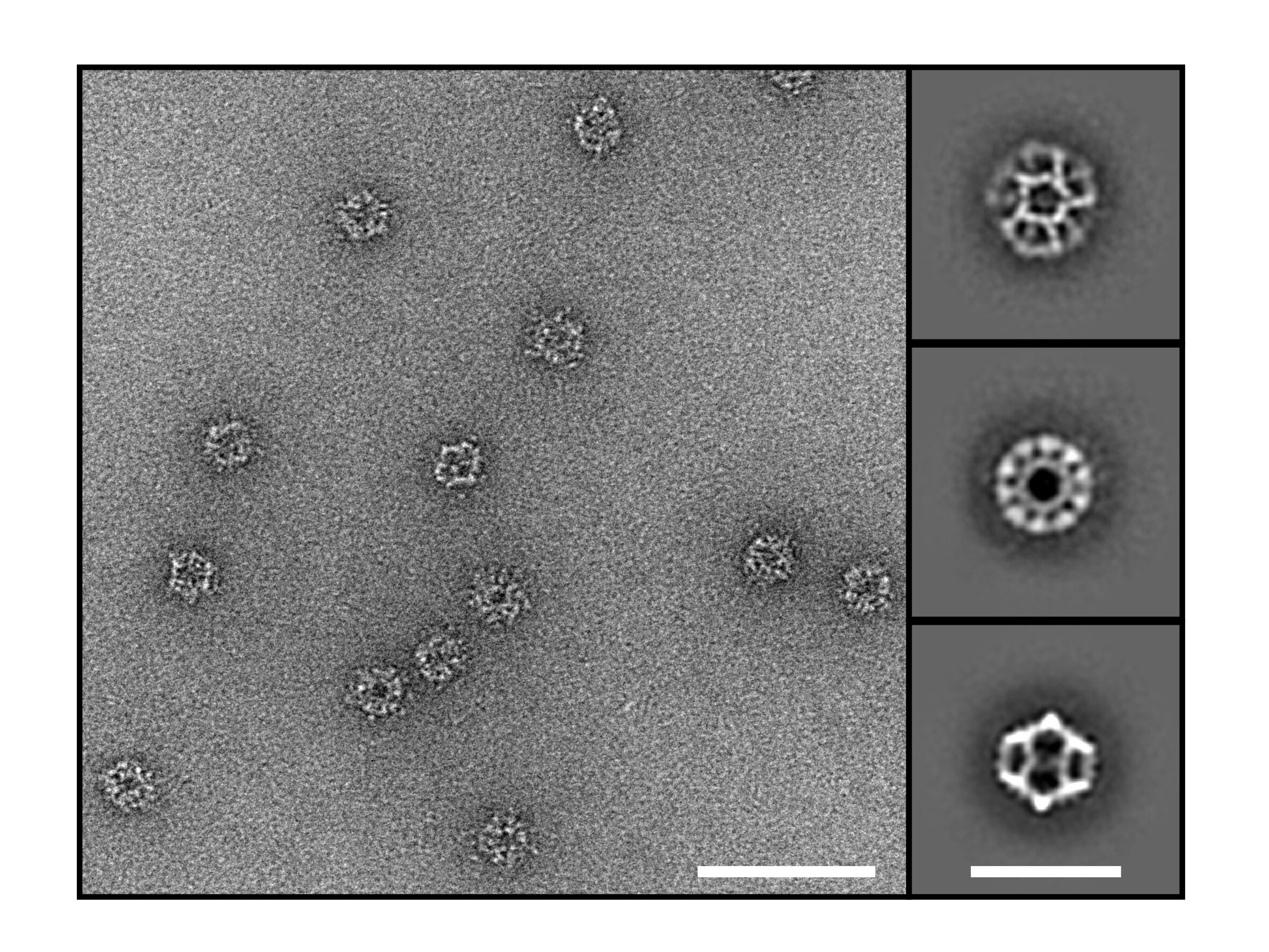Messenger RNA vaccines proved effective during the COVID-19 pandemic. Ways to further optimize the encoded proteins have remained an ongoing pursuit. Protein nanoparticle immunogens, which can display multiple antigen copies in precise arrays, amplify antibody responses by clustering B cell receptors. Integrating these two approaches could yield vaccines that trigger both strong antibody and T cell immunity while retaining the speed and scalability of mRNA production.
In the study, “Computationally designed mRNA-launched protein nanoparticle immunogens elicit protective antibody and T cell responses in mice,” published in Science Translational Medicine, researchers genetically fused a stabilized SARS-CoV-2 receptor binding domain variant, Rpk9, to a computationally optimized 60-subunit scaffold nanoparticle, I3-01NS.
mRNA-launched RBD nanoparticles outperformed the comparator mRNA vaccines across experiments. In the single-dose Wuhan-Hu-1 arm, Rpk9–I3-01NS mRNA elicited ~28× higher titers than membrane-anchored S-2P mRNA and ~11× higher than secreted RBD-trimer mRNA.
Even the lowest mRNA dose produced responses comparable to or greater than those achieved with substantially higher doses of standard spike-encoding formulations. Serum analyses after boosting showed persistent neutralization against Wuhan-Hu-1, while additional assays demonstrated cross-reactivity to omicron BA.5.



So the mRNAs aren’t in nanoparticles? They’re used to create the proteins that will be displayed on nanoparticles?
Headline seems off, then.
Nanoparticle is just a term for a particle that is measured in nanometers. The lipid nanoparticles above are pieces of mRNA (also nanoparticles) wrapped in lipids, or protein formulations wrapped in lipids.
I think the key thing here is that in addition to mRNA encoding the antigen, they are also delivering mRNA for spike protein receptor in a scaffold that helps assemble the antigen into protein nanoparticles. So ultimately, the antigen will be presented in a more virus-like fashion.
I think this article explains it better. mRNA for nano particles is added alongside the mRNA for the virus protein. The nano particles then self-assemble with the protein into a regular structure to better resemble a virus to immune cells.
That explanation was much less opaque to me. I see now that the nanoparticles as well as the spike protein antigen are both encoded by the mRNAs in the vaccines. They’re distinct from the delivery vehicle. Perhaps “launched” was throwing me off.